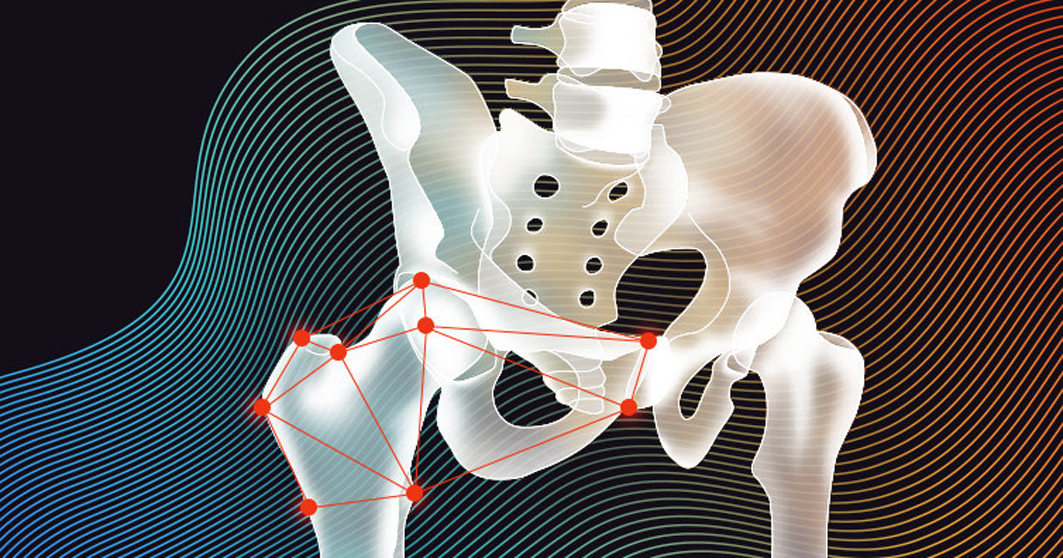Machine learning aids hip replacement surgery
- March 14, 2022
- Steve Rogerson

Powered by artificial intelligence and machine learning, the Hip AI platform from Utah-based OrthoGrid Systems is said to be the world’s first intraoperative hip replacement navigation system.
OrthoGrid will showcase Hip AI at next week’s American Academy of Orthopaedic Surgeons (AAOS) 2022 event in Chicago.
With AI and data at its core, the technology could redefine orthopaedic navigation and improve the surgeon’s efficiency, accuracy and reproducibility.
“Surgeons are risk-averse decision makers,” said Richard Boddington, co-CEO of OrthoGrid. “They spend most of their time interpreting information so they can make decisions that ensure reproducible outcomes for their patients. AI provides them with the most efficient way to interpret all that information in real time, which is the true transformation we are delivering in orthopaedic surgery.”
The last technology innovation cycle in orthopaedic navigation integrated robotics is an extension of an optical tracking system that is a few decades old. Its automated robotic arm solves an execution problem that is mechanical in nature, holding a cutting block or saw, primarily receiving information, not processing it. These expensive systems still require pin placement, manual registration, pre-operative imaging, a dedicated operator and extensive training with certification.
Robotics, as is, has difficulty meeting the value equation demanded by the evolution of orthopaedic surgery environments such as ambulatory surgical centres.
Today’s technology innovation cycle centres on artificial intelligence. Data-driven AI powered technology actively responds to and enhances the surgeon’s performance throughout every phase of surgery. In comparison, OrthoGrid AI automatically registers a patient’s specific anatomy, identifies instruments and implants, and processes the data in accordance with the surgeon’s established workflow. All this occurs seamlessly in real time and without delay.
“Our new Hip AI platform is experiential,” said Edouard Saget, co-CEO of OrthoGrid. “As my good friend and orthopaedic surgeon Stefano Bini told me a month ago: ‘Good AI is obvious, and that makes it sticky.’ It’s hard to explain that patient-specific anatomy will be automatically registered, and all the information you want to see will be processed instantly, the way you expect to see it. It just needs to be experienced.”
OrthoGrid’s applications are designed to be intuitive and effective for all stakeholders. This intuitiveness stems from the company’s belief that healthcare technology must answer the value equation of quality over cost.
“The differentiating element of OrthoGrid’s platform is that it integrates seamlessly with what I already do,” said Brian Gladnick, orthopaedic surgeon at the Carrell Clinic in Dallas, Texas. “It elevates what I’ve spent years perfecting and is helping me take my surgical practice to a new level. It’s a smart digital partner committed to enhancing my performance without asking me to compromise on time, invasiveness or cost.”
Erik Kubiak, vice chair of orthopaedic surgery at University of Nevada Las Vegas, added: “OrthoGrid’s AI-powered virtual guide wire trajectory already integrates with their soon to come augmented reality in my trauma cases.”




